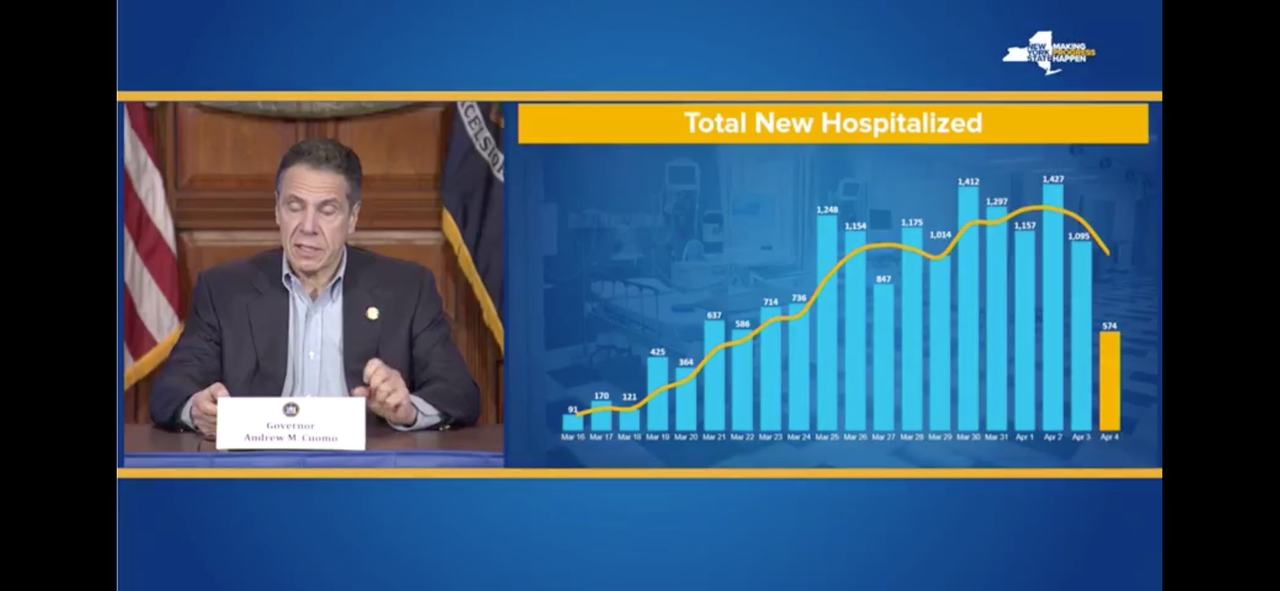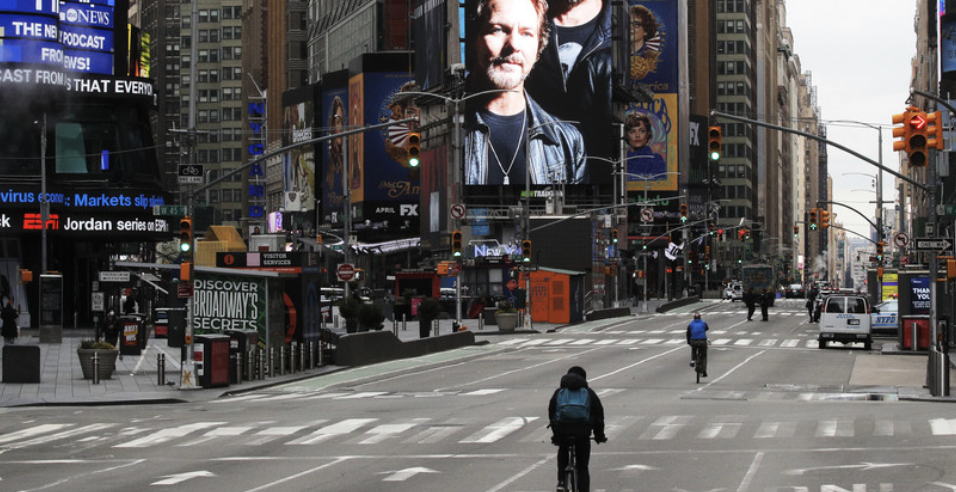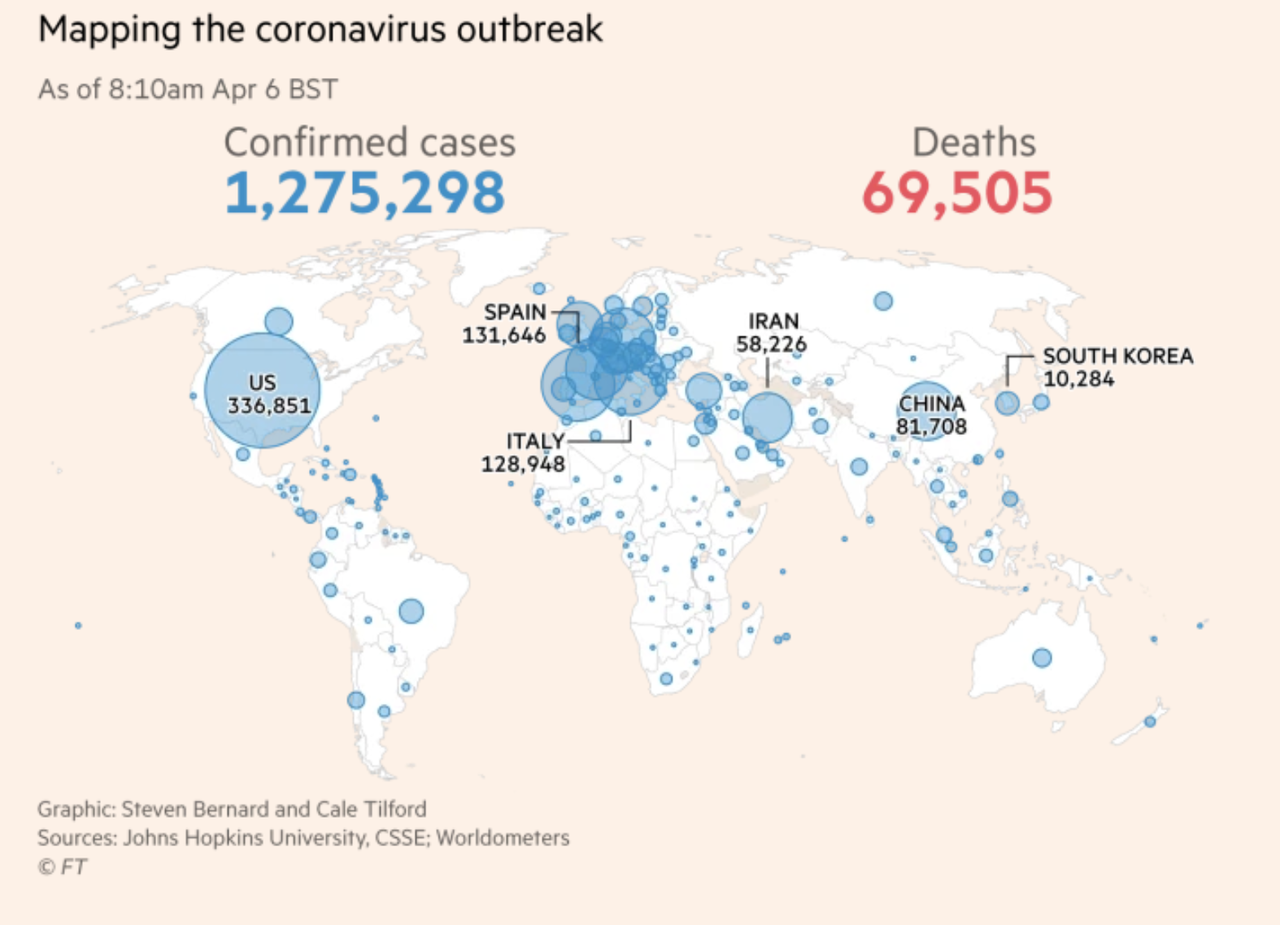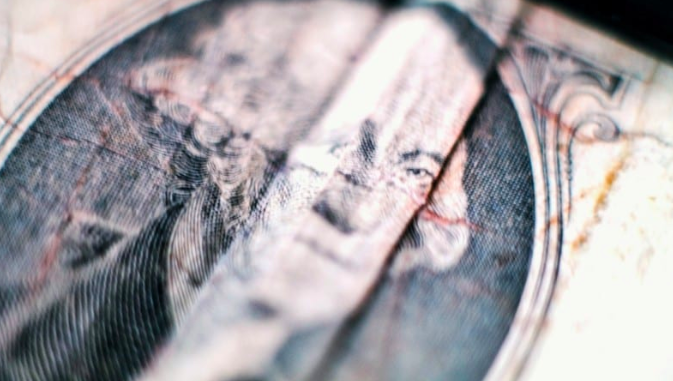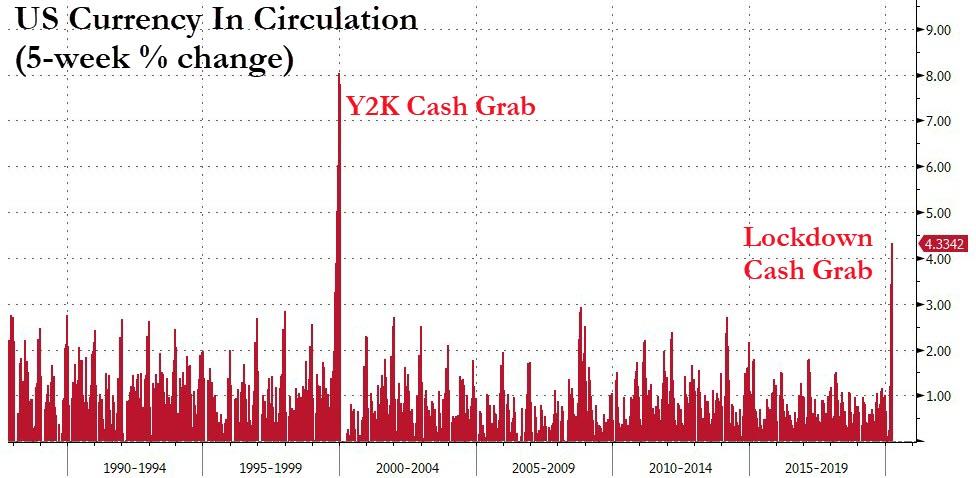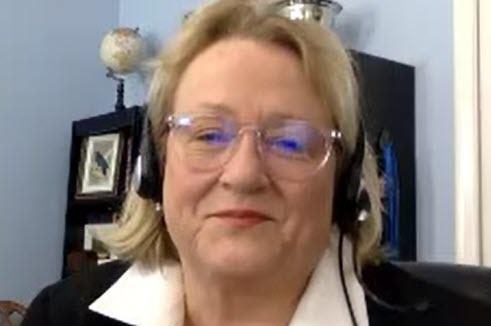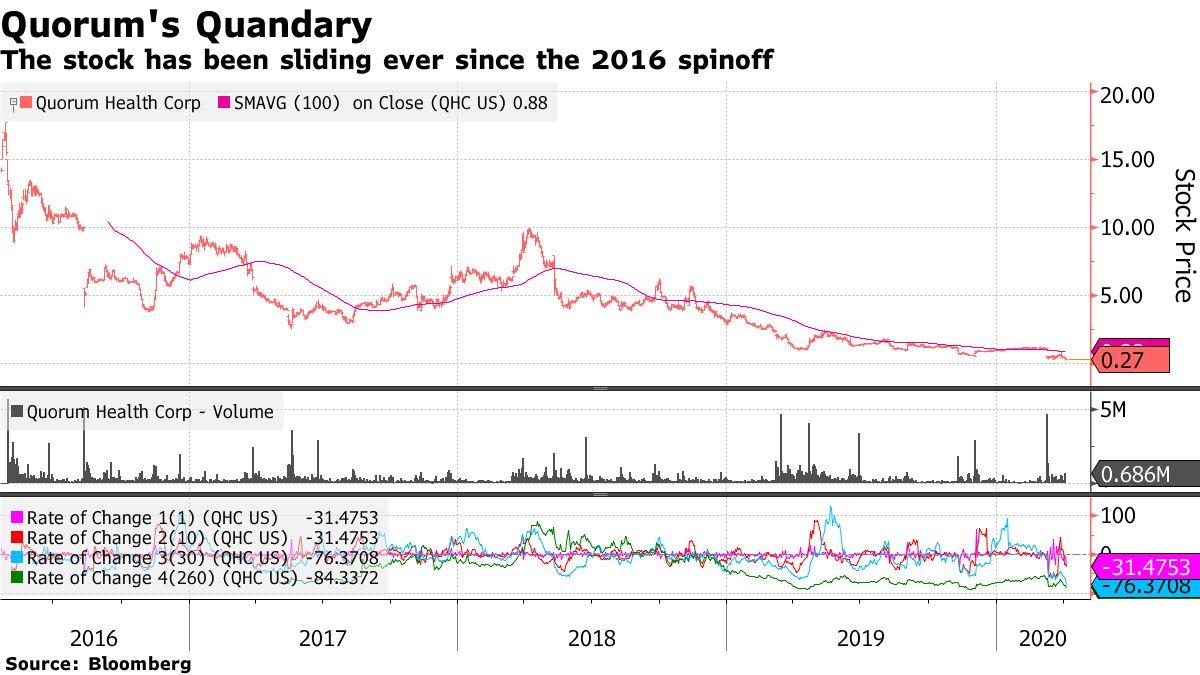Doubts Raised About Reported Drop In NYC Deaths As “The Hardest And Saddest Week Of Our Lives” Begins: Live Updates
During an appearance on “Fox News Sunday” yesterday morning, Surgeon General Jerome Adams told Chris Wallace that the upcoming week will be “the hardest and saddest week of most Americans’ lives,” calling it our “our Pearl Harbor, our 9/11 moment,” except that, unlike those attacks, this one won’t be “localized” – it will be unfurling across the US, almost simultaneously.
Nearly 12 hours later, President Trump and VP Pence said during the evening’s task force press briefing that the numbers reported out of Continental Europe and New York earlier that day were “very optimistic,” sending futures on what looks like their most bullish trading to kick off a new week since the end of the ‘rona rout (or at least, the first installment of it).
To be sure, some experts have raised doubts about the optimistic numbers reported out of New York State and New York City last night. Notably, the state reported its first decline in daily coronavirus deaths.
The second day of declining hospitalizations state-wide was one of the most optimistic numbers reported yesterday by Cuomo.
Numbers showing deaths in NYC declined yesterday for the second day in a row, when they were reported by NYC Mayor Bill de Blasio. De Blasio also revealed last night that the feds had sent NYC 174 nurses, 104 doctors and 13 respiratory therapists, not enough to completely make up the shortfall, but “a start”, the mayor said.
Before people get too excited about these latest numbers out of New York, we noticed several epidemiologists and other ‘data people’ found flaws in the numbers that they highlighted on Twitter. One expert who reviewed the data said she found a pattern that suggests the city might have underreported deaths yesterday, meaning these encouraging numbers don’t reflect reality, and that more deaths would be reported later on Monday to compensate.
Here’s Dr. Andrea Feigl, a Harvard-trained medical writer:
1/ @nycgov #Covid_19 dths supposedly ⬇️ 2day
I don’t believe these #s …
Why?
Yesterday’s 630 toll reported just before 9pm; hourly, ~50 dths + in NYC the last few days; the 594 # reported in AM … no increase since
My estimate: We underreported ~300 – 400 dths in NYC 2day
— Dr. Andrea Feigl (@andreafeigl1) April 6, 2020
2/ –> will they be added & 2morrow’s tally is close to **1k***????
Same conjecture on my end 4 new admissions & ICU unit usage
pls tell me i am wrong ..
Sources: https://t.co/5ohk1YFPbc@JohnsHopkinsSPH
— Dr. Andrea Feigl (@andreafeigl1) April 6, 2020
3/ Also, looking at Italy 🇮🇹: each Sat & Sunday, dth reporting Downwards arrow, then Up-pointing triangle on Mondays …. https://t.co/9bYyUm5RlT
My speculation: @NYGovCuomo
jumped the gun 2day— Dr. Andrea Feigl (@andreafeigl1) April 6, 2020
She also highlighted the NYT report we mentioned last night showing widespread underreporting of deaths across the US.
4/ and yes, underreporting not just a @NYCMayor issue …https://t.co/X6T5JlEX9v#Covid_19
— Dr. Andrea Feigl (@andreafeigl1) April 6, 2020
While equity strategists appeared to focus on the strong numbers out of the Continental Europe yesterday, (Italy, Spain, France, Germany, Belgium, the Netherlands, mostly), numbers out of the UK, where the Queen delivered a landmark speech while the PM was admitted to the hospital with brutal COVID-19 symptoms, were much more alarming, with the largest jump in deaths reported yet as the UK’s death toll has accelerated over the past week. Meanwhile, reports that Britons continue to flout the lockdowns despite the crackdown by police have vexed those trying to combat the outbreak.
Worldwide, we’re on the verge of 70k deaths as the virus continues to spread, finally accelerating in places like Brazil, and elsewhere across Latin America, while small outbreaks have cropped up in practically all of Africa’s 54 countries.
The same is true in Asia: While South Korea reported just 47 new cases of the coronavirus, the lowest daily uptick since infections began surging on Feb 21., and the first time that number has dipped below 50 since then as well. At the peak, SK was reporting 900+ new cases daily. As one reporter noted on twitter, things could still turn on a time, but it’s definitely a milestone for the country with arguably the most effective response to the virus in the world.
South Korea reports just 47 new cases of the coronavirus, the lowest daily uptick since infections began surging Feb 21, & the first time it’s dipped below 50 since.
At the peak, it was 900+ new cases in one day.
Things could still turn on a dime, but feels like a milestone.
— Victoria Kim (@vicjkim) April 6, 2020
Although South Korea never had to close their economy (as officials’ swift response kept things from getting to out of control), analysts at Nomura just helped put SK’s outbreak in perspective.
Reported coronavirus cases adjusted for population, via Nomura: pic.twitter.com/Pqn6gqjIkI
— Tracy Alloway (@tracyalloway) April 6, 2020
Meanwhile, another 50+ cases were reported out of Tokyo overnight, as Japanese PM Abe prepared to announce plans to launch a state of emergency set to begin tomorrow. As Nikkei Asian Review reported Monday morning, Abe said Monday the planned state of emergency would be rolled out in seven prefectures, while also announcing a record 108 trillion yen (about $1 trillion) stimulus package.
Tokyo, Kanagawa, Saitama, Chiba, Osaka, Hyogo and Fukuoka prefectures will be covered by the decree. However, because the Japanese Constitution bows to civil liberties and doesn’t give the government the authority to stop people from leaving their homes, cities and governors won’t be able to punish businesses who flout the rules – though they can engage in that famously Japanese cultural practice: shaming.
“Even though we will declare a state of emergency, we will not lock cities down and I do not think it is necessary,” Abe told reporters in Tokyo before a meeting of the government’s coronavirus task force. “We will ramp up our effort to maintain economic activities as possible as well as preventing the further spread of the virus.”
The prime minister said he would declare the state of emergency as soon as Tuesday. His bailout will include cash payments to households and bailouts for small businesses similar to what the US is trying to pull off.
Before we go, here is a snapshot on how the situation in the US has developed over the last 24 hours.
Coronavirus update, U.S.
– 26,076 new cases in last 24 hours
– 337,620 cases in total
– 17,461 recovered
– 9,643 deaths
– 36% of cases in New York
– 1.7 million tests performed— Norbert Elekes (@NorbertElekes) April 6, 2020
Late last night, Axios reported (and we duly note) whispers that “the first major confrontation” had unfolded during a White House task force meeting between – of all people – Peter Navarro and Dr. Fauci. Navarro slammed Dr. Fauci for allegedly playing down the efficacy of hydroxychloroquine, which was recently determined to be one of the more effective therapies that have been tested in small batches (albeit without control groups, which, as any good scientist will tell you, is vital for producing ‘usable’ data). At the end of the fight, Jared Kushner demanded that Navarro “Take yes as an answer” since the administration is already working to get the drug to ‘hotspots’ around the country.
Tyler Durden
Mon, 04/06/2020 – 07:16
via ZeroHedge News https://ift.tt/39MUY1M Tyler Durden
